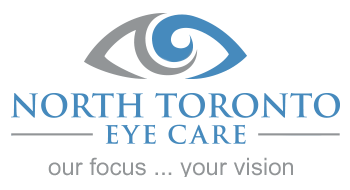PRK
Click Here For More Information
Photorefractive Keratectomy
PRK or photorefractive keratectomy is one of the safest and most time-tested laser vision correction procedures available. Before LASIK, PRK was the most common refractive surgery procedure. Like LASIK, it reshapes the cornea to improve vision. PRK is now used mainly for patients with large pupils or thin corneas.
The first step in PRK is to remove the epithelium, a thin layer protecting the cornea. Then Dr. Rabinovitch uses an excimer laser to vaporize a small amount from the top of the cornea. LASIK, by contrast, cuts a deep flap in the cornea using a sharp microkeratome blade. This weakens the cornea, makes it difficult to replace the flap in precisely the right place, and can cause other complications including flap irregularity, epithelial ingrowth and corneal ectasia. PRK avoids these risks.
Studies have shown that 90-95% of patients with a correction of up to -6.00 diopters achieve vision of 20/40 after PRK, and up to 70% achieve 20/20. Patients needing less correction generally achieve better results. The risks of PRK include infection, haze, slow healing, scarring, over- or under-correction of the visual condition, and development of astigmatism.
Request an appointment with Dr. Rabinovitch or speak with your eye care professional about your options. Seeing eye to eye on your treatment choices is a vital step in selecting the one that is right for you.


